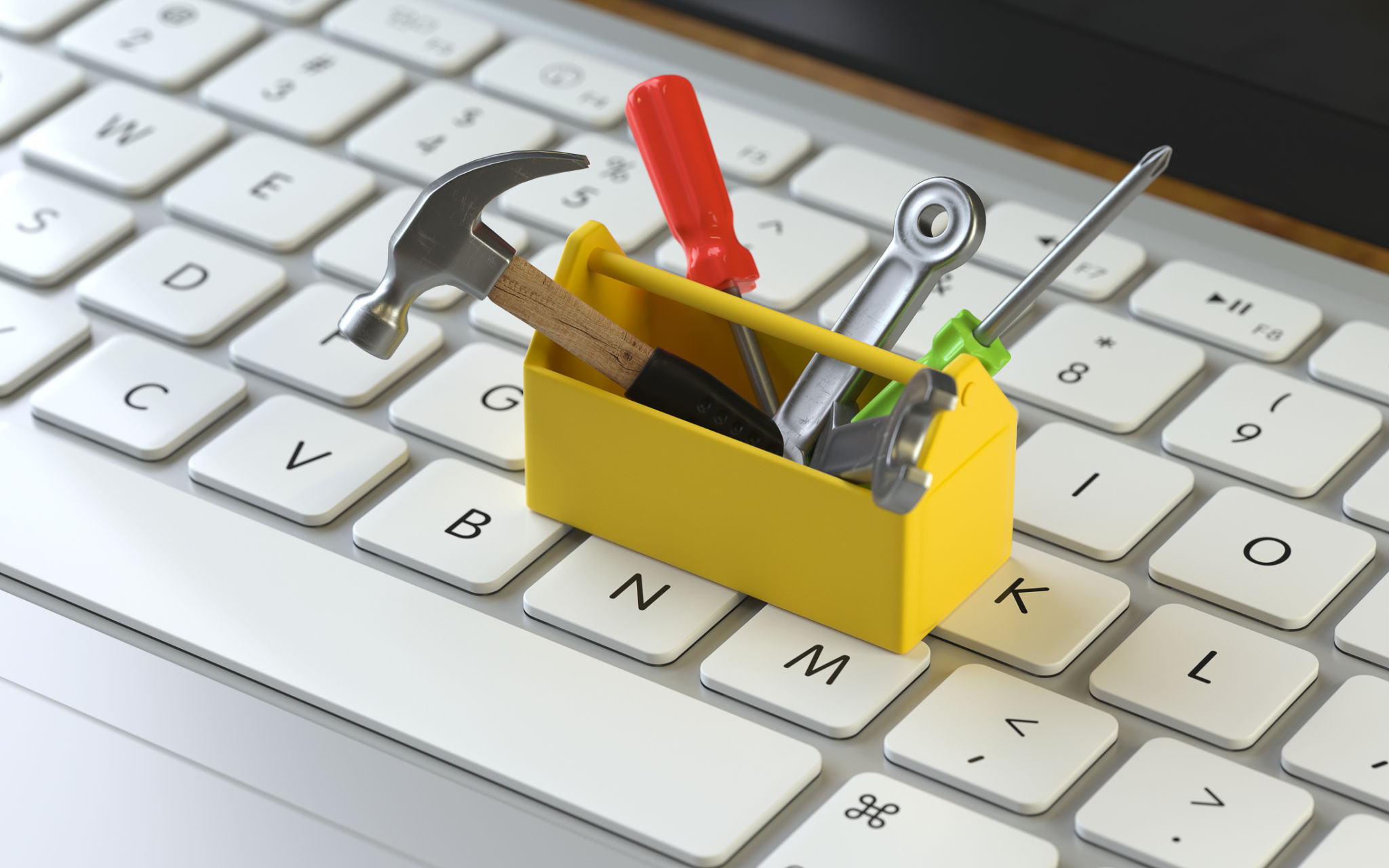Myth-Busting: Common Misconceptions About Hardware Upgrades
Al
Understanding the Basics of Hardware Upgrades
When it comes to enhancing the performance of your computer or other electronic devices, hardware upgrades are often the first solution that comes to mind. However, there are several misconceptions surrounding this topic that can lead to confusion or even suboptimal performance. In this blog post, we'll debunk some common myths about hardware upgrades and provide clarity on how to effectively enhance your device's capabilities.
Myth 1: More RAM Always Means Better Performance
One of the most prevalent myths is that adding more RAM will automatically make your device faster. While RAM is crucial for multitasking and running demanding applications, simply increasing the RAM is not a silver bullet. The key is to ensure that your system can actually utilize the additional memory. For many users, 8GB or 16GB of RAM is sufficient. It's important to consider your usage patterns before investing in additional RAM.

Myth 2: Upgrading the CPU Is a Must for Faster Speeds
While upgrading the CPU can indeed result in better performance, it's not always necessary for every user. Many modern CPUs are already quite powerful and may not be the bottleneck in your system. In fact, other components like the GPU or SSD might offer more noticeable improvements in specific tasks such as gaming or data processing. Always assess whether your current CPU is truly limiting your workflow before opting for an upgrade.
Myth 3: Solid-State Drives Are Only for Speed
Solid-state drives (SSDs) are often associated with faster boot times and quicker data access, but their benefits extend beyond speed. SSDs are more reliable than traditional hard drives as they have no moving parts, reducing the risk of mechanical failure. Additionally, they consume less power, making them ideal for laptops and mobile devices. Upgrading to an SSD can enhance both performance and durability.

Evaluating the Cost-Effectiveness of Upgrades
Another misconception about hardware upgrades is that they are always cost-effective. While upgrading certain components can be beneficial, it's essential to weigh the cost against the expected performance gains. Sometimes, it may be more economical to invest in a new device rather than upgrading an old one. Consider the age of your current hardware and the total cost of potential upgrades before making a decision.
Myth 4: All Upgrades Are DIY Friendly
Many tech enthusiasts enjoy upgrading their hardware themselves, but not all components are DIY-friendly. Some upgrades require specific tools or professional expertise. For instance, upgrading a laptop's CPU or GPU can be a complex task compared to adding RAM or swapping out a hard drive. Always research the difficulty level of an upgrade and assess whether you have the necessary skills before proceeding.

The Role of Software in Hardware Performance
Finally, it's worth noting that software optimization plays a significant role in hardware performance. Outdated drivers or poorly optimized applications can hinder performance regardless of how powerful your hardware is. Regularly updating your operating system and software can sometimes offer significant improvements without any hardware changes. Always ensure that your software environment is optimized to complement any hardware upgrades you make.
In conclusion, while hardware upgrades can undoubtedly improve your device's performance, it's important to approach them with a clear understanding and realistic expectations. By dispelling these common myths, you can make more informed decisions that truly enhance your computing experience.